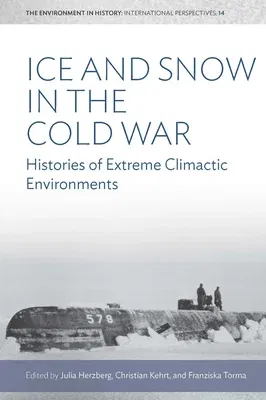Ice and Snow in the Cold War: Histories of Extreme Climatic EnvironmentsHardcover, 19 October 2018

Qty
1
Turbo
Ships in 2 - 3 days
In Stock
Free Delivery
Cash on Delivery
15 Days
Free Returns
Secure Checkout

Part of Series
Environment in History: International Perspectives
Part of Series
Environment in History: International Perspectives, 14
Print Length
330 pages
Language
English
Publisher
Berghahn Books
Date Published
19 Oct 2018
ISBN-10
1785339869
ISBN-13
9781785339868
Description
Product Details
Book Format:
Hardcover
Country of Origin:
US
Date Published:
19 October 2018
Dimensions:
23.11 x
15.75 x
2.29 cm
Genre:
20th Century
ISBN-10:
1785339869
ISBN-13:
9781785339868
Language:
English
Location:
New York, NY
Pages:
330
Publisher:
Series:
Weight:
566.99 gm